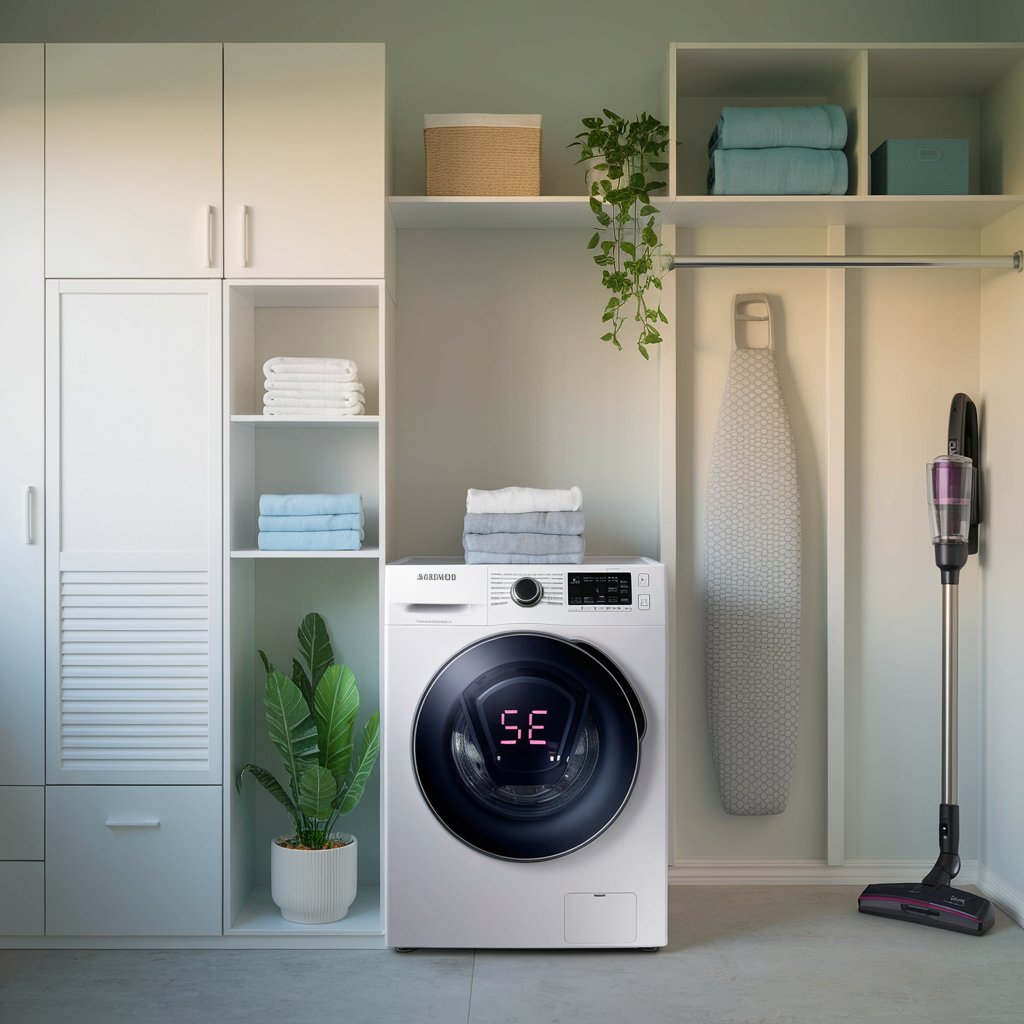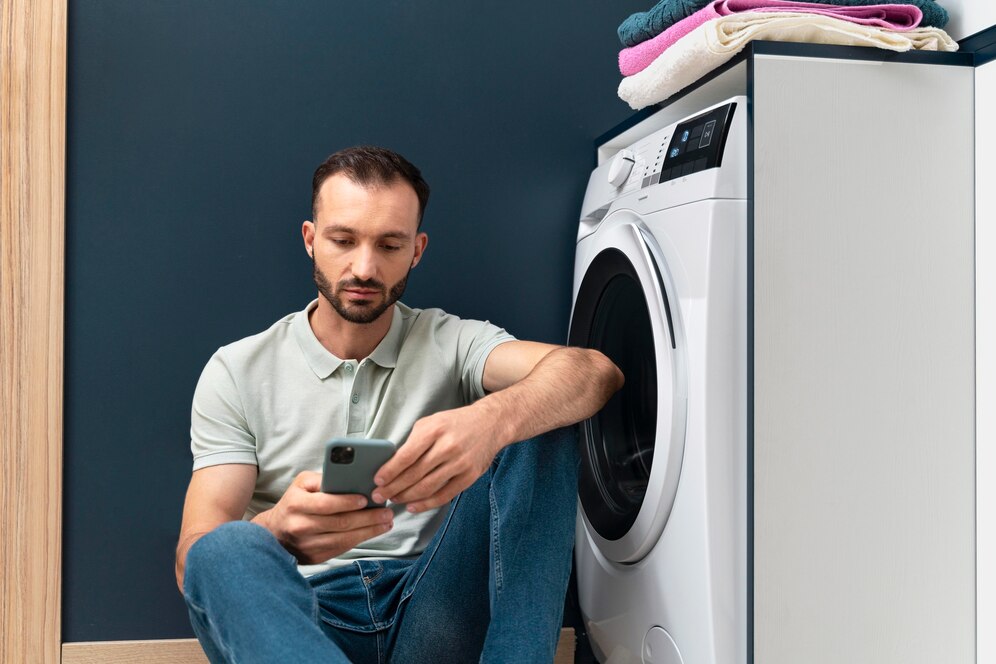

Your washing machine is more than just an appliance. It saves you time, effort, and energy by handling one of the most dreaded household chores—laundry. But what happens when you encounter an unexpected error? The E2 error code can leave you feeling frustrated and helpless. You depend on this machine for daily convenience, and when it fails, it can disrupt the flow of your entire home.
Don’t worry—you’re not alone. Many people face this issue, and in this guide, we’ll walk you through how to fix the E2 error in your washing machine. This article will not only provide practical solutions but also help you regain confidence in handling common appliance issues yourself. Let’s get started.
The E2 error in a washing machine indicates that there is a drainage problem. It means your washing machine is unable to drain water properly, causing the cycle to pause. This issue can stem from a blockage, a faulty drain pump, or even an issue with the water level sensor.
When you see the E2 error, your washing machine is sending you a distress signal. It’s asking for help, and understanding the root cause is the first step toward restoring normal function.
There are several reasons why the E2 error happens in your washing machine, and each one requires a specific approach to fix. Here are the most common reasons:
Understanding these reasons will help you find the best approach to solve the E2 error.
Now that we understand what causes the E2 error, let’s look at how to fix it step by step. This guide is designed for homeowners who want to troubleshoot the problem on their own before calling in a professional.
A blocked drain pipe is the most common cause of the E2 error. To fix this:
Most washing machines have a drain filter located at the bottom front. Cleaning the filter can solve the problem.
If the drain pump is malfunctioning, it won’t push water out effectively.
A faulty water level sensor may also trigger the E2 error.
While the steps above should resolve most issues, it’s important to know the common causes of the E2 error so you can prevent it from happening again.
Prevention is always better than cure. Here are some tips to prevent the E2 error from occurring again:
By following these simple maintenance steps, you can keep your washing machine running smoothly and avoid the inconvenience of unexpected errors.
There are times when troubleshooting on your own may not be enough. If you’ve tried all the steps above and the E2 error still persists, it may be time to call a professional. Here’s when you should consider seeking help:
By contacting a certified technician, you ensure that the problem is fixed safely and correctly.
The E2 error can be a frustrating interruption to your daily routine, but with a little knowledge and effort, it’s an issue that you can often resolve yourself. Your washing machine is a crucial part of your household, and by following these steps, you can fix the problem and get back to the things that matter most—without the hassle of laundry pileups.
At the end of the day, fixing your washing machine doesn’t just restore an appliance—it restores peace to your home. You regain control over the chaos, knowing that you’ve tackled the issue head-on. And with the right care and maintenance, you can prevent future errors, keeping your washing machine—and your household—running smoothly
